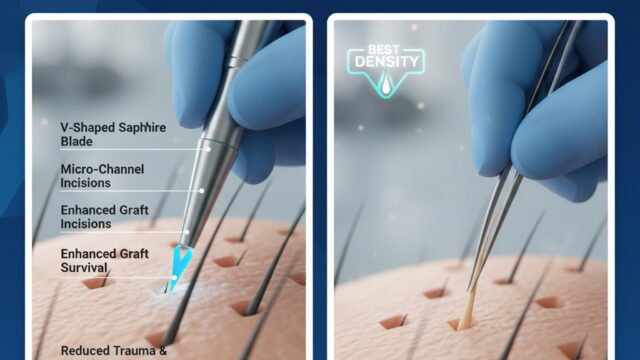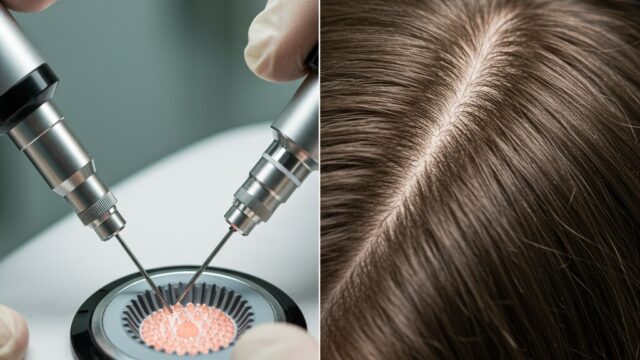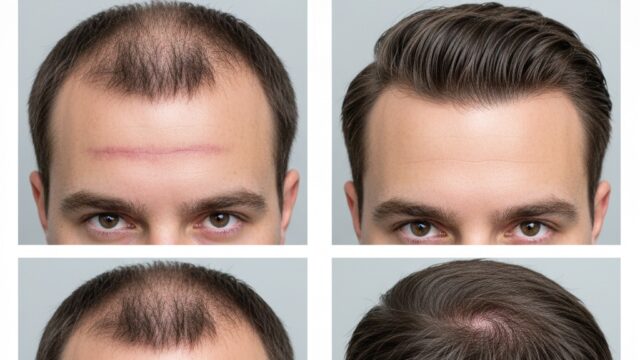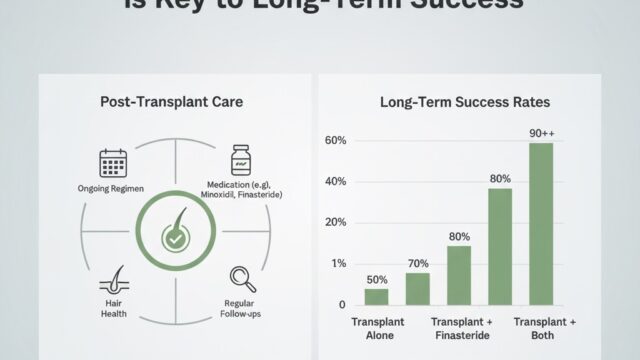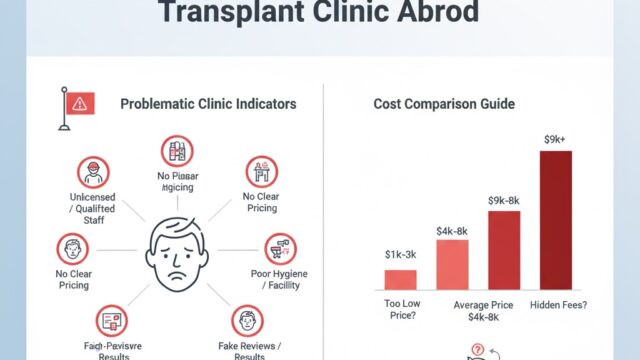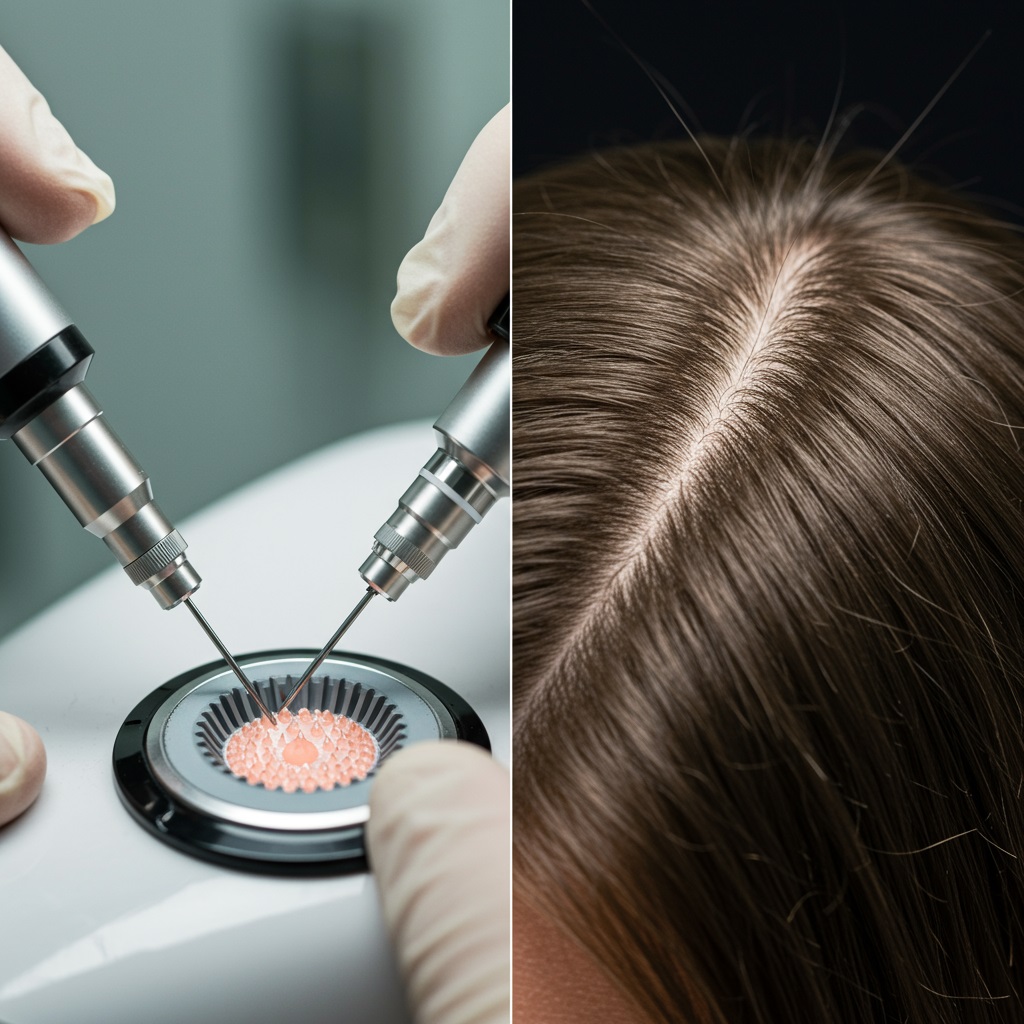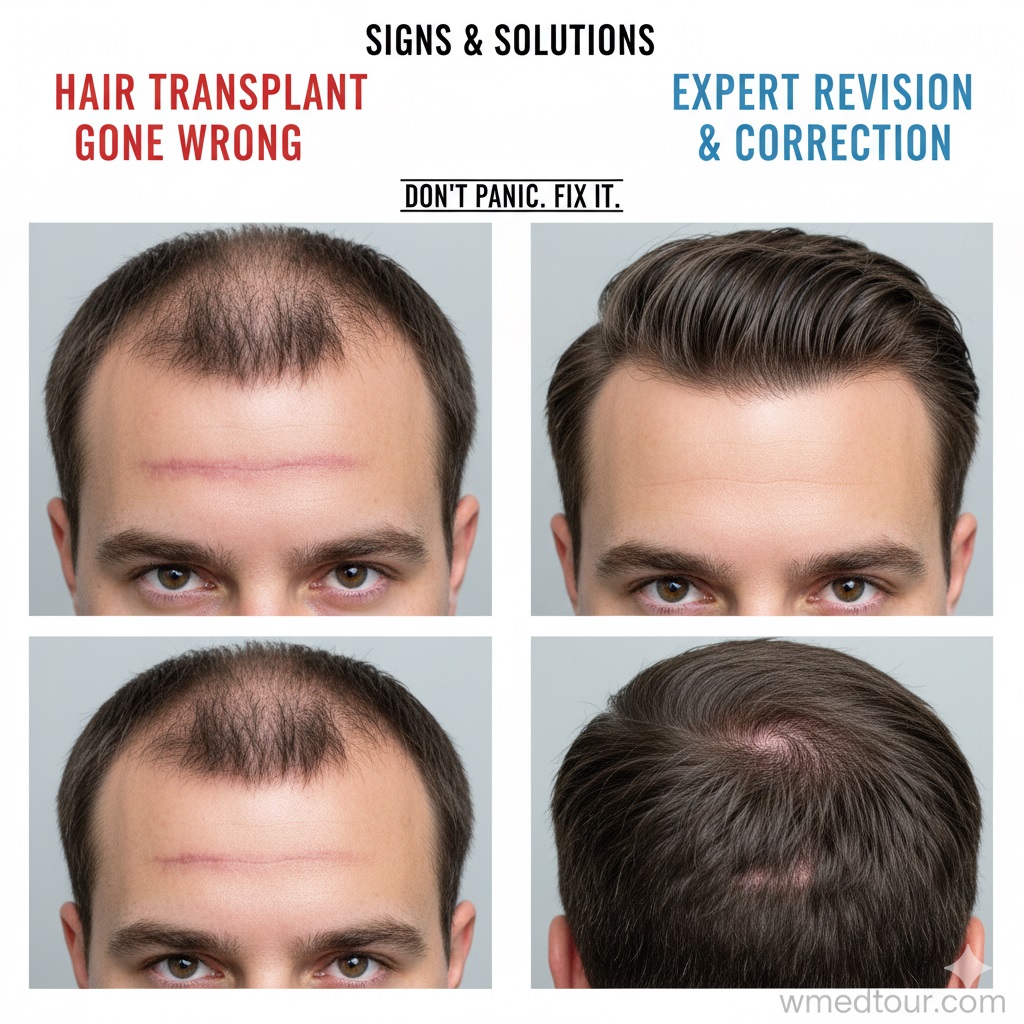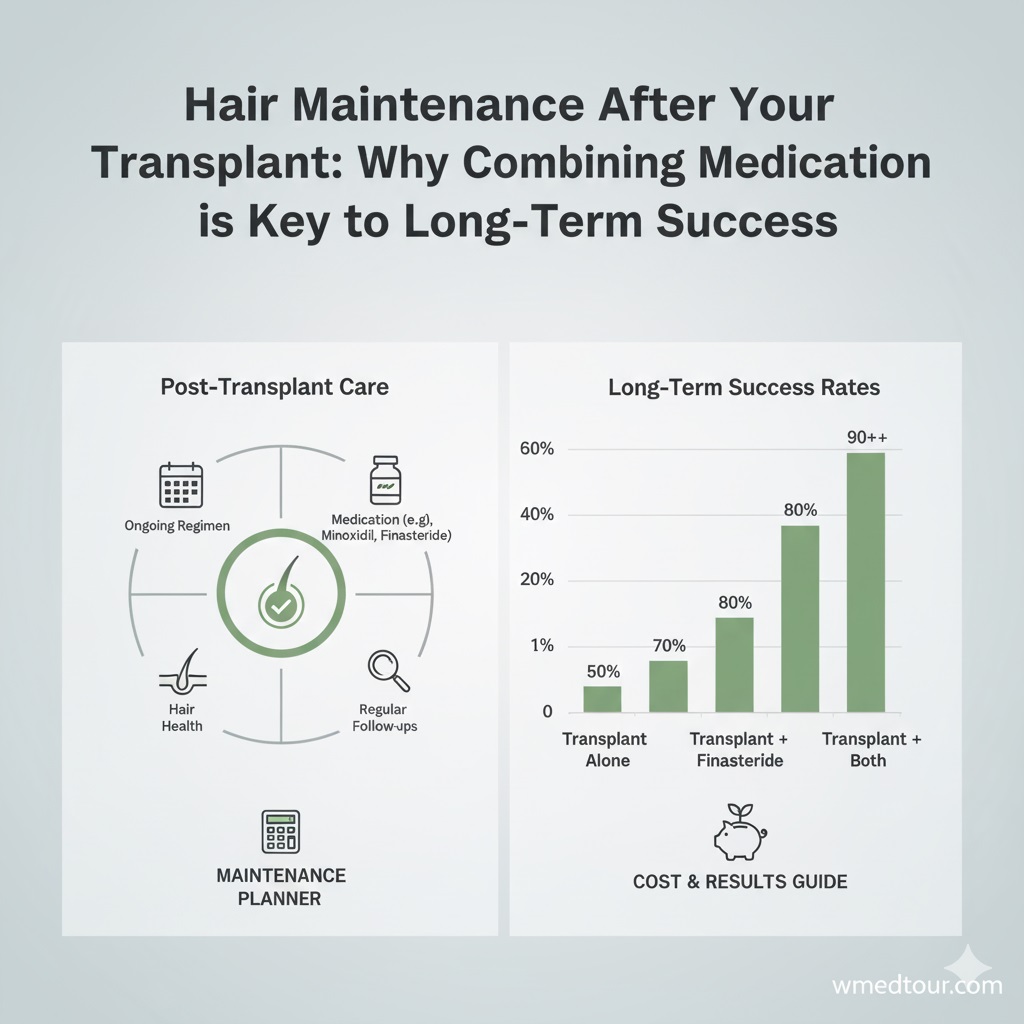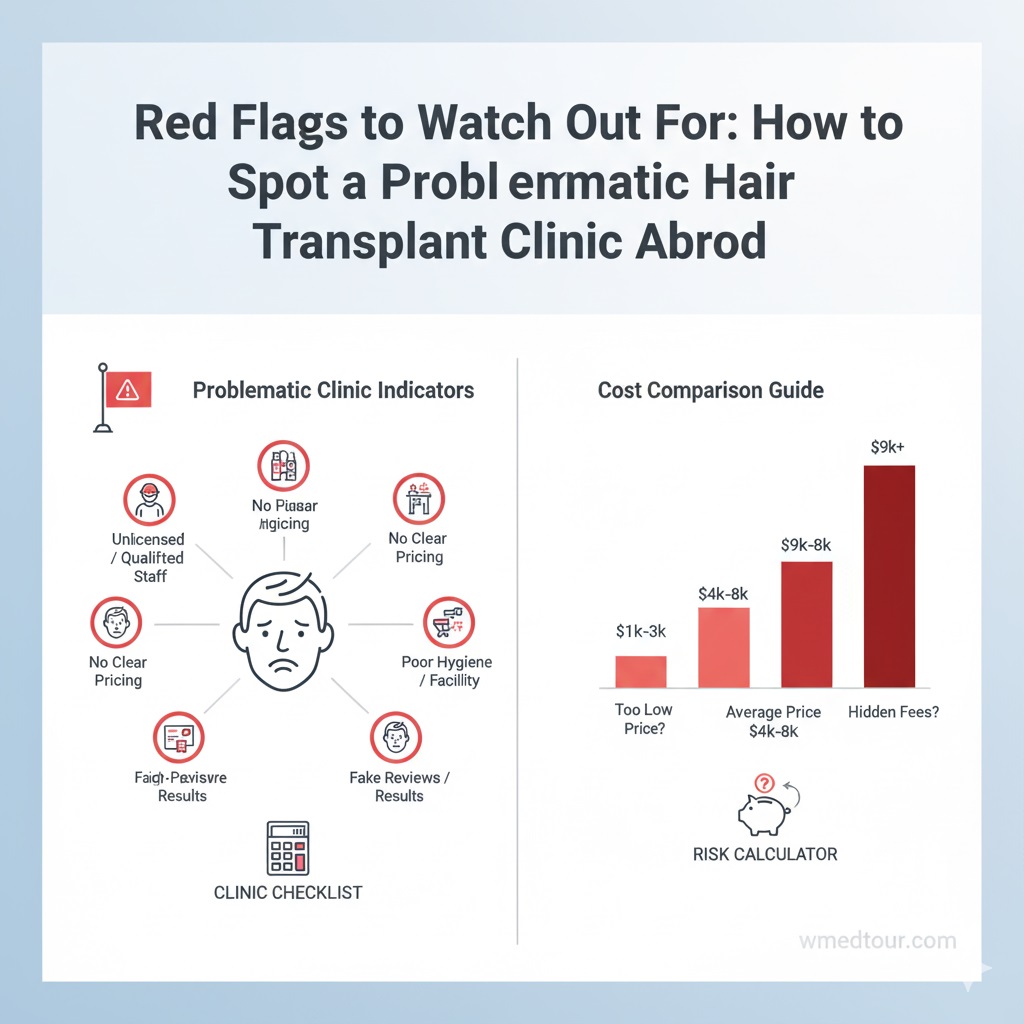
Eyebrow Transplants Cost 2026: Global Price Guide 👁️
Eyebrow Transplants Cost 2026: Global Price Guide 👁 Executive Summary: Quick Insights 📝 The demand for facial aesthetics continues to grow rapidly as we approach 2026. Therefore, understanding the Eyebrow Transplants Cost 2026 is essential for anyone planning a procedure. On average, global prices range from $1,500 to $7,000. However, the total investment depends heavily on the geographic location and the surgeon’s expertise. Emerging markets like Iran and Turkey offer the most competitive rates. Meanwhile, Western countries maintain higher price points due to overhead costs. This guide explores every factor influencing your financial planning for this transformative procedure. Who is This For? 👥 This comprehensive guide serves several groups of people looking for clarity. Firstly, it is for individuals suffering from thinning hair due to genetics or over-plucking. Secondly, it helps patients who have lost eyebrow hair because of medical conditions or trauma. Furthermore, professionals in the plastic surgery industry



